11 'Sugar-Free' Traps: Foods That Still Spike Blood Glucose Levels
“Sugar-free” should mean safe, right? Not always. While many products boast sugar-free claims, they often hide behind loopholes—using other sweeteners, carbs, or processing tricks that can still raise your blood glucose. For those managing insulin sensitivity, diabetes, or energy crashes, knowing what truly spikes your blood sugar is critical. These 11 foods may wear a “healthy” label—but behind the scenes, they’re anything but friendly to your metabolic balance.
1. Sugar-Free Cookies and Cakes

Sugar-free baked goods might look guilt-free, but many are metabolic landmines. These desserts often replace sugar with sugar alcohols like maltitol, which still affect blood sugar—just more slowly. Even worse, the refined flours and starches used in the base digest quickly, spiking glucose much like their sugary counterparts. The “sugar-free” label can lull you into a false sense of safety, leading to larger portions and unintentional blood sugar swings. For people managing diabetes or insulin resistance, that’s a dangerous gamble. Real control comes not from labels but from ingredients—and these treats often bring the same crash, just dressed differently.
2. Diet Cereals
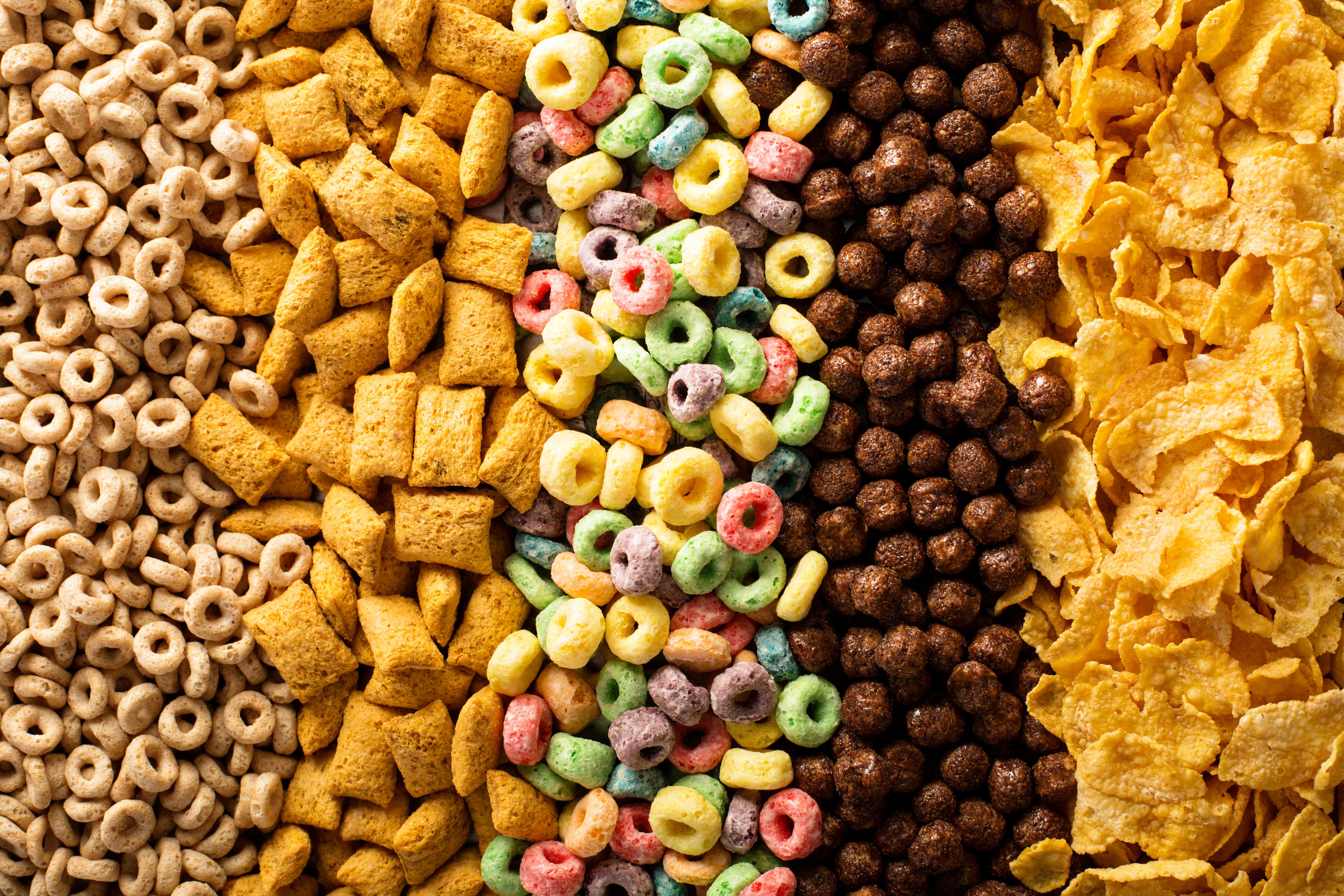
Low-sugar or sugar-free cereals can still wreak havoc on your blood sugar. Most use heavily processed grains—corn, rice, or wheat derivatives—that break down rapidly into glucose once digested. Even without added sugar, these cereals often rank high on the glycemic index, delivering a fast spike followed by a mid-morning crash. Marketing terms like “multigrain” or “lightly sweetened” mask the fact that what you’re eating is essentially glucose on a spoon. Without fiber, fat, or protein to slow absorption, your body has little defense. Don’t be fooled by the box—if it crunches like candy, your blood sugar likely agrees.
3. “No Sugar Added” Fruit Juices
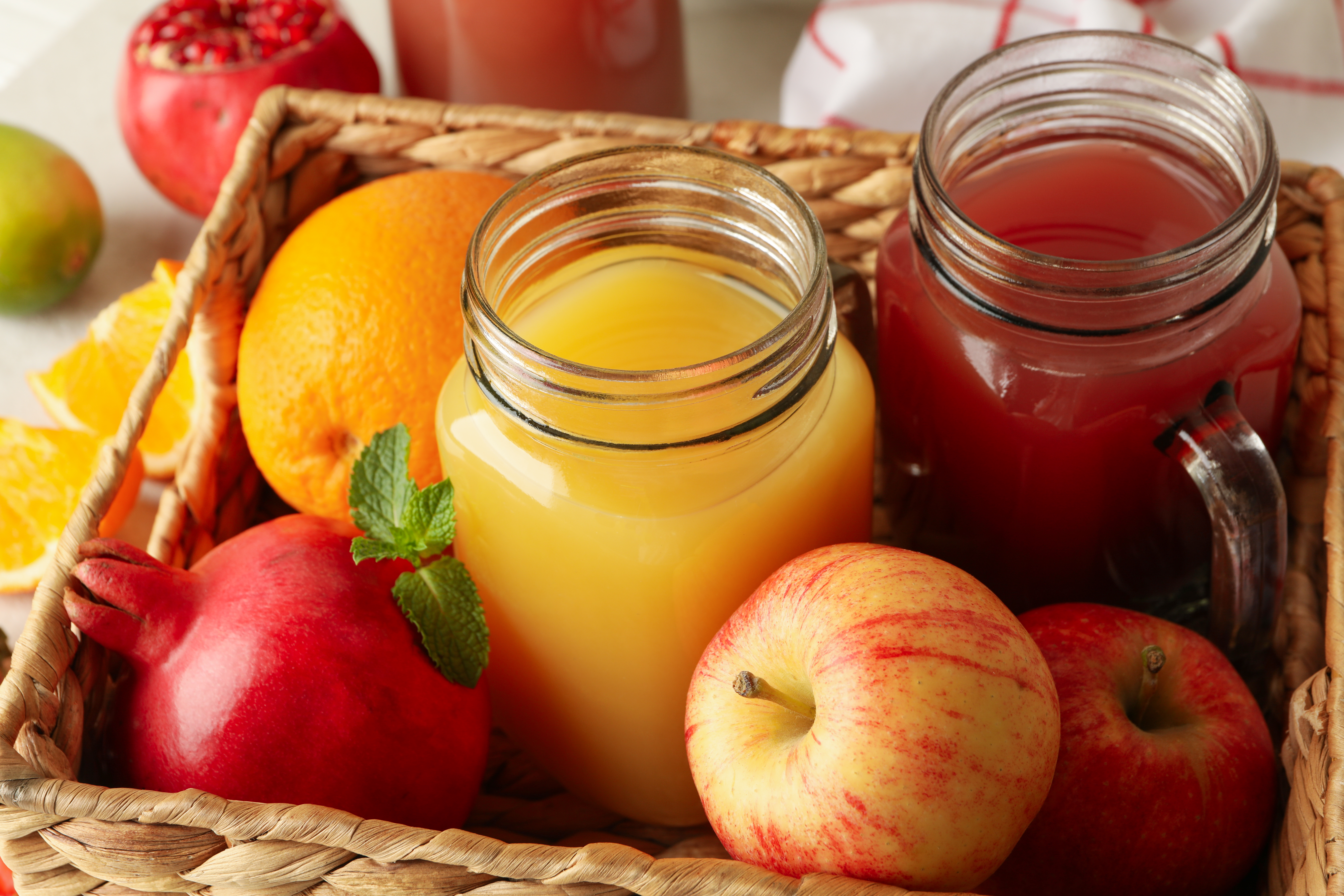
Fruit juice without added sugar might sound harmless, but it’s often just concentrated fructose in disguise. The juicing process removes fiber, leaving behind a sugary liquid that rushes into your bloodstream. Even a small glass can cause a glucose surge similar to soda, especially if you’re insulin-resistant. Labels that read “100% juice” or “no added sugar” still pack a punch—natural sugars are still sugars. Without the pulp or peel to slow digestion, your body receives a sugar dump without the nutritional balance of whole fruit. When it comes to glycemic load, juice is a sweet-talking imposter.
4. Sugar-Free Yogurts

Sugar-free yogurts are often loaded with artificial sweeteners, but that’s not the full story. Many also contain starches, milk solids, or thickeners like modified corn starch—all of which can spike blood glucose. These ingredients are used to recreate the creamy texture and mouthfeel lost when sugar is removed, but your body still treats them like quick carbs. Some yogurts even have more additives than dairy content, turning a seemingly healthy choice into a processed minefield. If your goal is stable energy or metabolic health, opt for plain, unsweetened Greek yogurt and add real fruit for fiber-rich sweetness you can control.
5. Sugar-Free Protein Bars
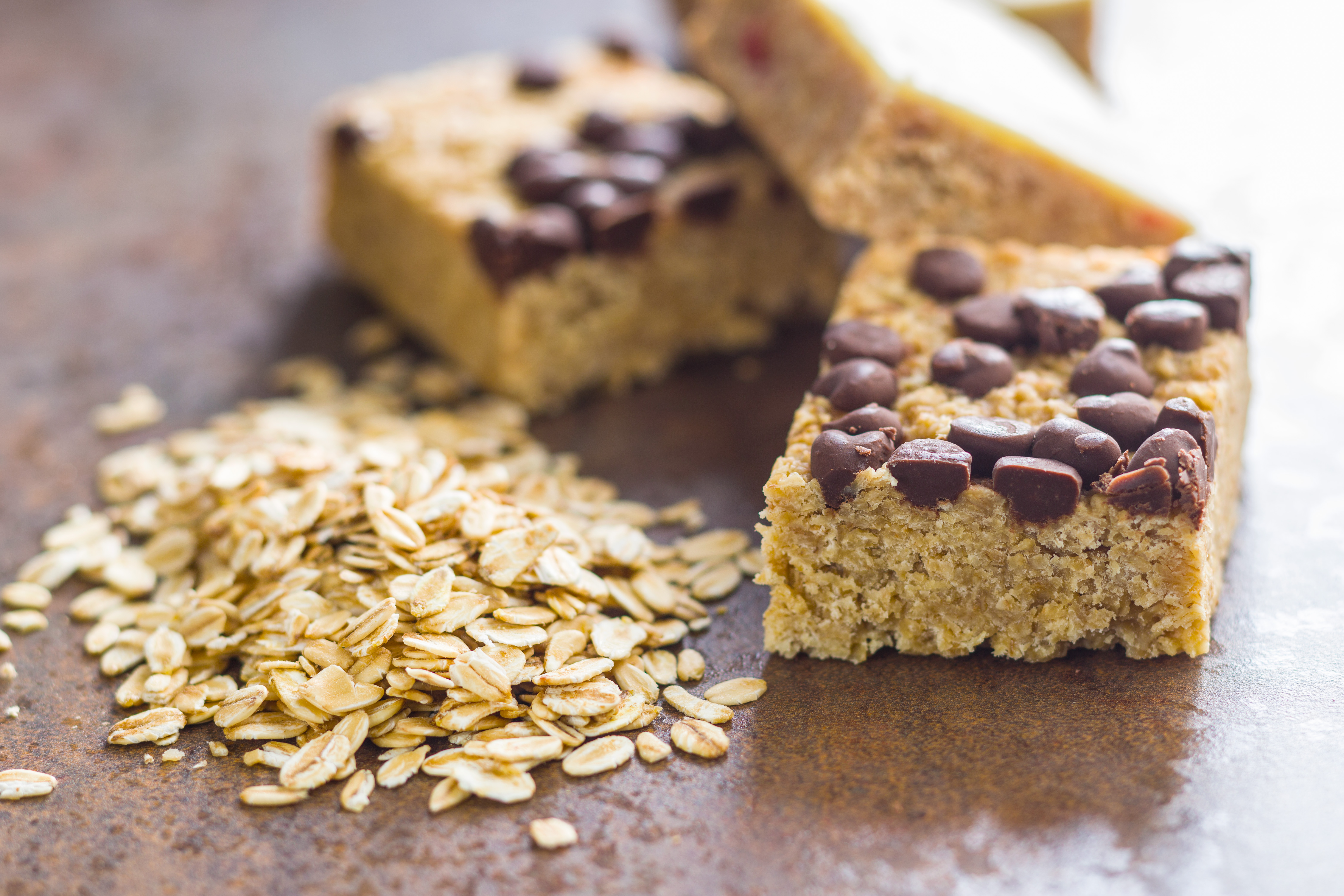
Often labeled as “keto,” “low-carb,” or “diabetic-friendly,” many sugar-free protein bars are anything but. They commonly include glucose-spiking ingredients like maltodextrin, glycerin, or tapioca starch—used as binders or bulkers. While they may not taste overtly sweet, their glycemic impact can be surprisingly high. Some bars also use sugar alcohols like erythritol or sorbitol, which may affect individuals differently and still disrupt digestion. When paired with minimal fiber and poor-quality protein, these bars become little more than candy in fitness branding. For real metabolic stability, look for bars with whole food ingredients, healthy fats, and visible fiber.
6. Light Salad Dressings
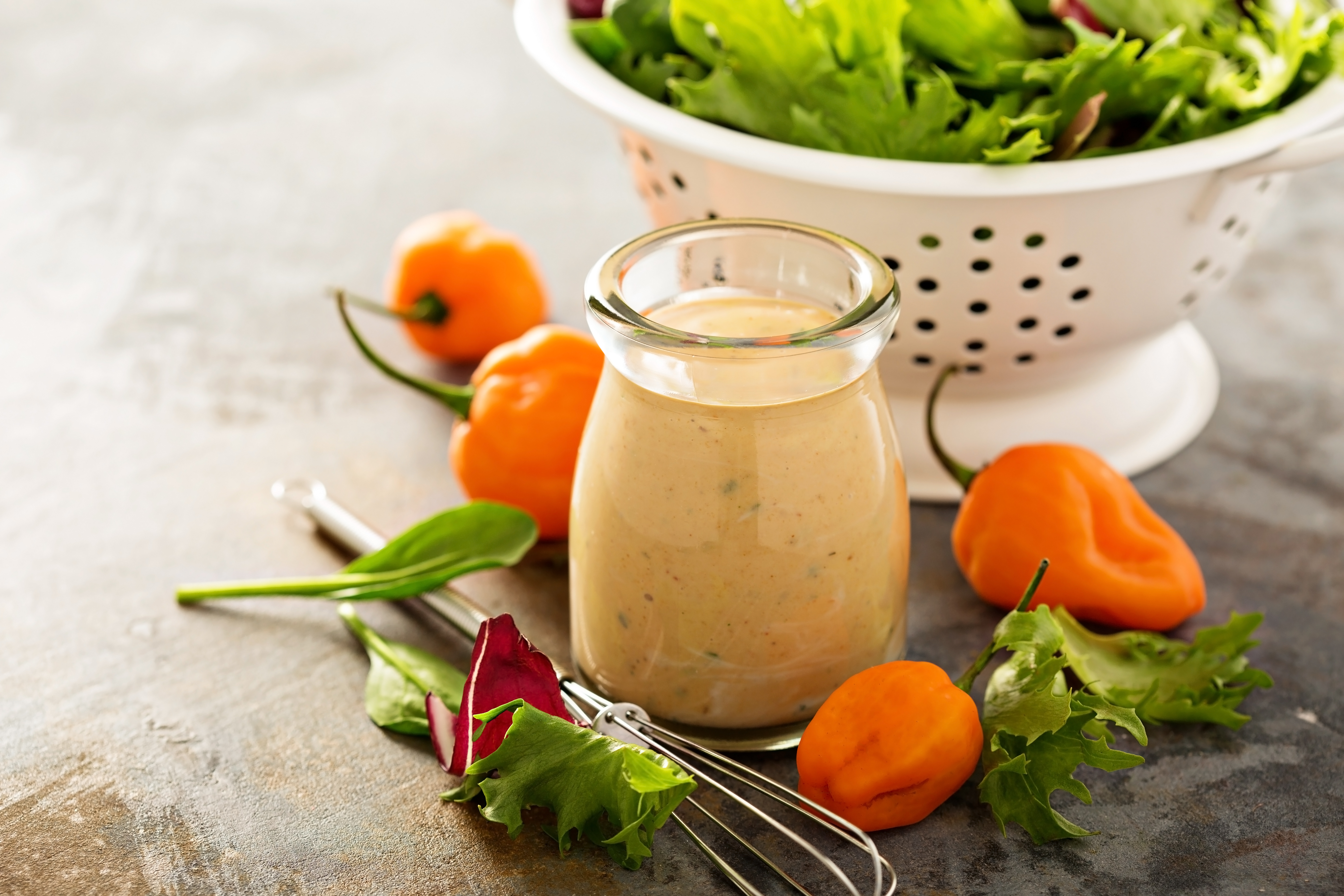
Light or sugar-free salad dressings often swap one problem for another. In an effort to cut calories, manufacturers remove healthy fats and replace them with thickeners, gums, or starch-based fillers that digest rapidly and raise blood glucose. Even worse, some use artificial sweeteners or high-fructose corn syrup alternatives, which can disrupt your metabolism and gut health. The result? A dressing that may be low in calories but high in glycemic load. A better option is a homemade vinaigrette using olive oil, vinegar, and herbs—which supports both blood sugar and nutrient absorption far more effectively.
7. Flavored Almond or Oat Milks
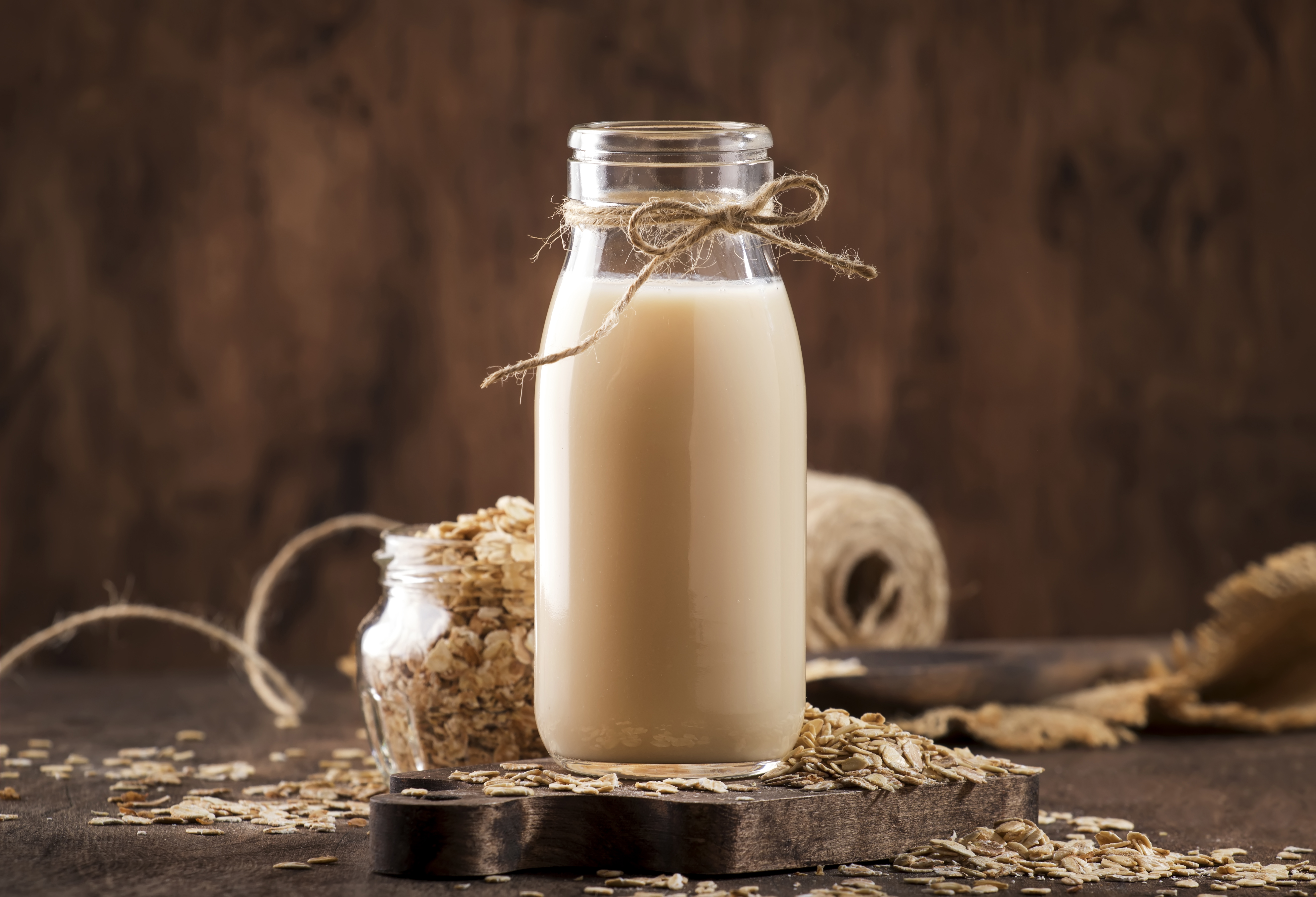
Plant-based milks are often perceived as healthy, but many varieties—especially those labeled as “unsweetened”—can still contain ingredients that raise blood sugar. Rice starch, gums, or added thickeners are commonly included for texture, and they act like quick-digesting carbs once metabolized. Oat milk in particular, even when unsweetened, has a naturally higher glycemic index due to how oats are processed. Always read the label beyond the front-facing claim. For blood sugar stability, the best choices are unsweetened almond or coconut milks with short, clean ingredient lists and no fillers. Simpler really is better.
8. Sugar-Free Ice Creams

Sugar-free ice creams might sidestep the traditional sugar spike, but they’re far from blood sugar-neutral. Sweeteners like sorbitol, maltitol, or xylitol often have slower but still noticeable effects on glucose levels—especially when combined with fats that delay digestion. The result can be a prolonged, stealthy rise in blood sugar that’s harder to anticipate or manage. These sweeteners can also disrupt the gut, causing bloating or gas in sensitive individuals. Don’t be fooled by the “sugar-free” label—ice cream is still a dessert, and your metabolism knows it. Moderation and clean ingredients matter more than promises.
9. Canned Soups
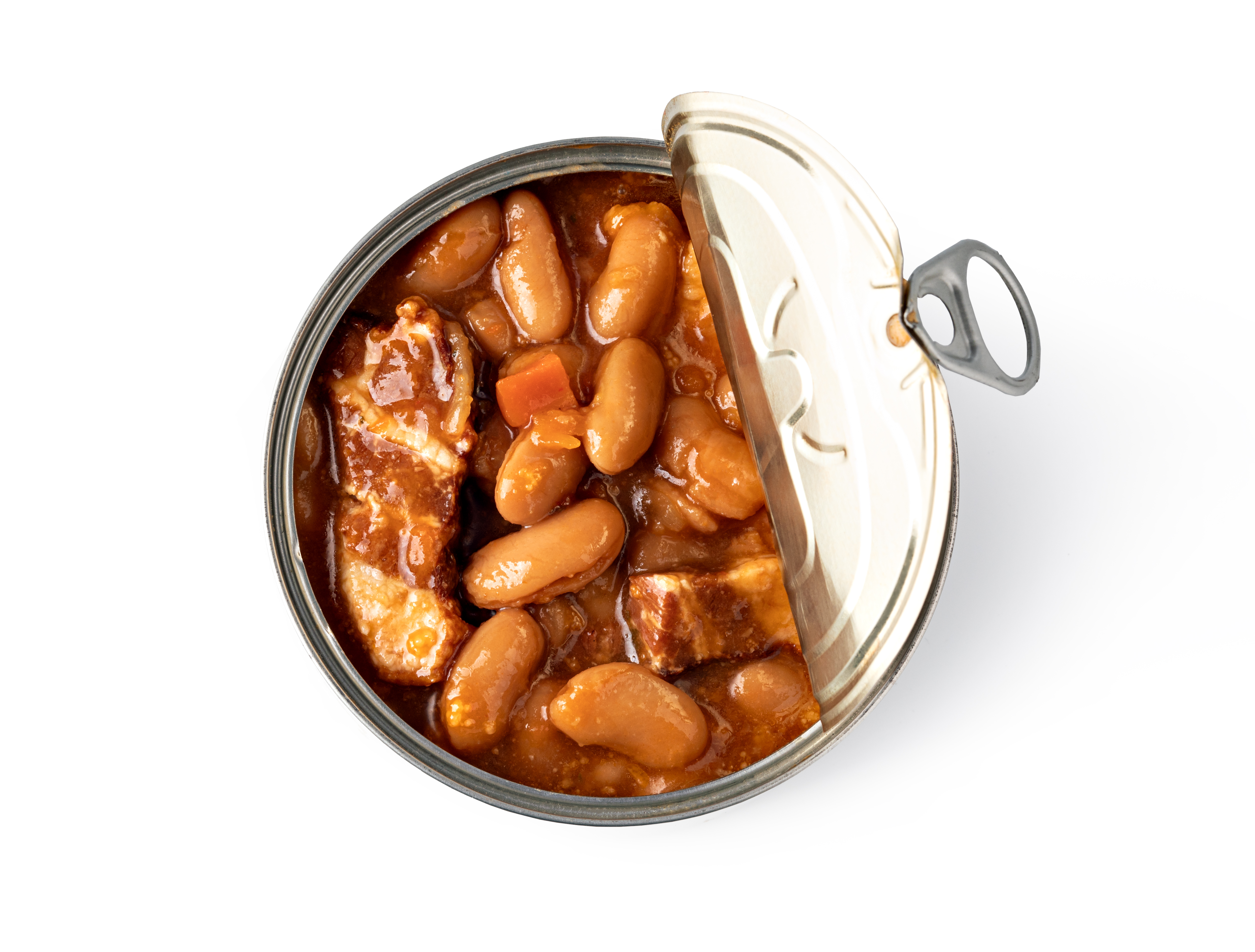
Canned soups may boast “no added sugar,” but they’re rarely blood sugar-friendly. Most commercial soups are thickened with flour, potatoes, or corn starch—carbohydrates that break down quickly and spike glucose. Even brothy soups can contain hidden noodles, legumes, or rice in portions large enough to impact your levels. Plus, these products often lack fiber or fat to slow digestion, making them fast-acting glycemic traps. If you’re managing insulin sensitivity, look beyond the sugar content and consider the full carb profile. Homemade soups or carefully selected brands with whole ingredients and no starches are your best bet.
10. Sugar-Free Energy Drinks
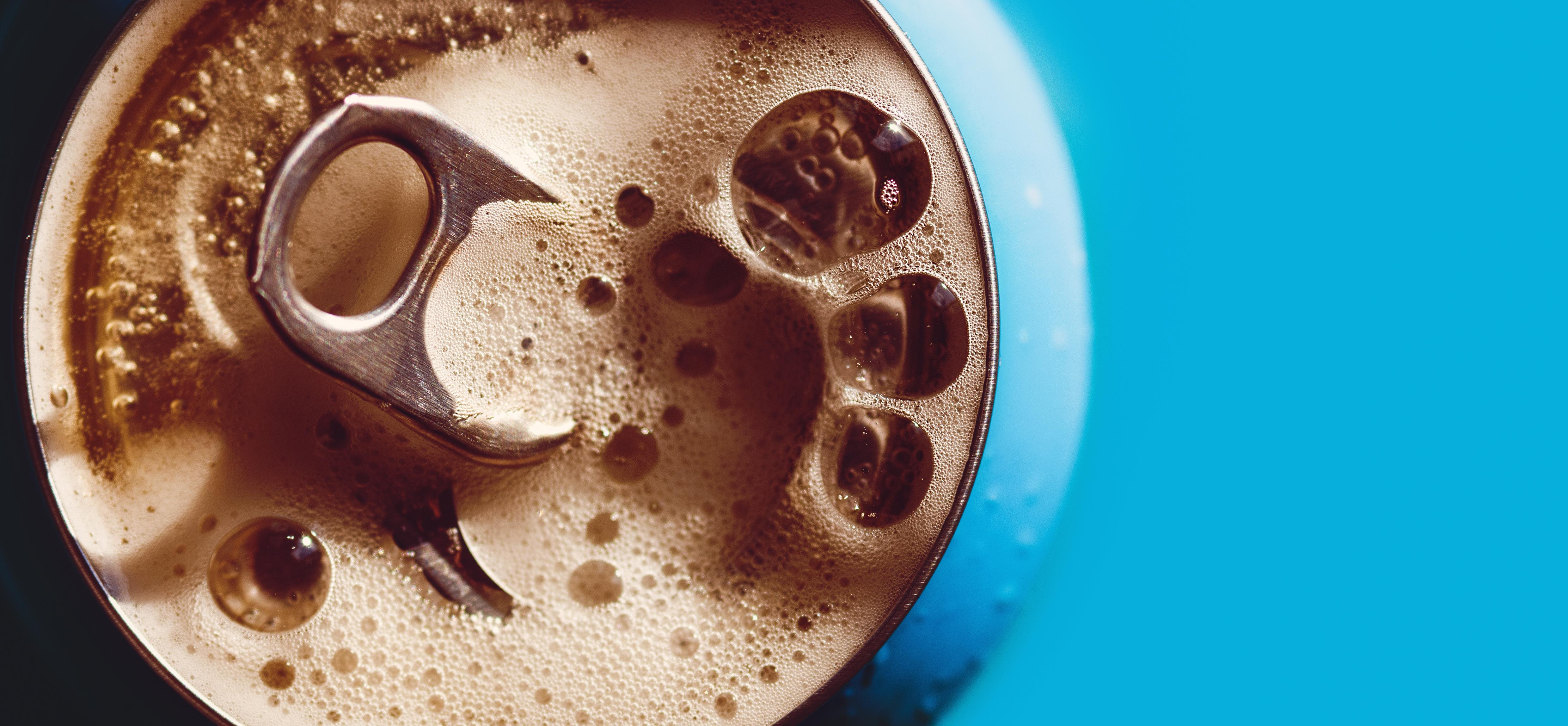
These drinks might seem harmless—no sugar, low calories—but the long-term effects are more complicated. High doses of caffeine can increase cortisol, the stress hormone, which negatively impacts insulin sensitivity and blood sugar regulation over time. Pair that with artificial sweeteners like aspartame or sucralose—known to influence gut flora and potentially blunt insulin response—and you’ve got a metabolic disruptor disguised as a performance boost. The jittery energy spike is short-lived, but the hormonal aftermath lingers. If stable energy and glucose control matter to you, hydrate with water, herbal tea, or naturally caffeinated options without sweeteners.
11. Low-Fat Snack Foods

“Low-fat” often signals “high-carb.” When fat is stripped from a product, manufacturers typically add starches or refined flours to preserve taste and texture. The result? Foods that may be labeled as “sugar-free” but still cause significant glucose spikes. Low-fat cookies, crackers, or granola bars are notorious for this swap—and they often leave you hungrier shortly after. Without fat to slow digestion and create satiety, blood sugar spikes and crashes become more frequent. The takeaway? Low-fat doesn’t equal low-glycemic. For balanced snacking, prioritize whole foods with natural fat, fiber, and protein over packaged shortcuts.
Labels can be misleading—but your body knows the truth. “Sugar-free” isn’t a free pass if the food still floods your system with fast carbs or hidden sweeteners. If blood sugar balance matters to you, read beyond the claims. Understanding what actually affects your glucose gives you back control—one meal, one label, one choice at a time.
